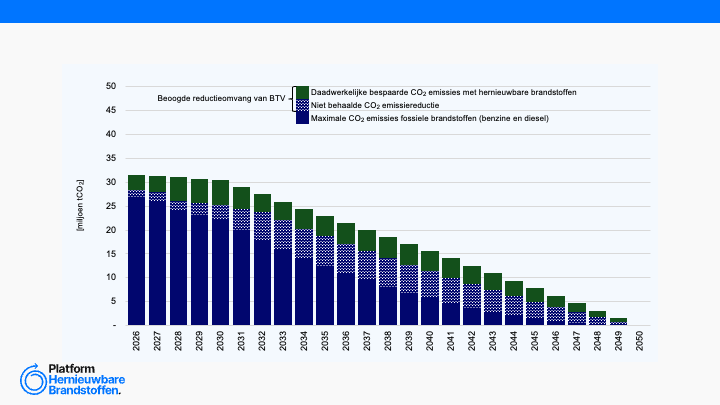Potential effectiveness of a renewable energy obligation for aviation in the Netherlands

E4tech & studio Gear Up
For the Netherlands, international aviation is an important sector of the economy, as the share of aviation traffic and fuel consumption within the transport sector is high compared with other EU Member States. For the Netherlands it is particularly important to find innovative solutions to address the climate impacts of international aviation, whilst not undermining the important economic contribution from the aviation sector. In February 2019, a Draft Sustainable Aviation Agreement was adopted at the Sustainable Aviation Roundtable, which committed to a target of at least 14% of the aviation fuel bunkered in the Netherlands in 2030 being sustainable.
Following this Agreement, the Ministry of Infrastructure and Water Management commissioned this study, executed by E4tech and studio Gear Up to assess the potential effectiveness of a renewable energy obligation for aviation in the Netherlands.
The report analyses the effectiveness of a renewable energy obligation for aviation in the Netherlands. This analysis is necessary in light of the international character of aviation and due to the importance of this sector in the Dutch economy.
The report analyses six areas: legal framework, choice of policy mechanism, supply options, sustainability, promoting production in the Netherlands, economic impacts and logistics. It finds that an obligation is the best available mechanism to ensure that a 14% renewable energy is supplied in the aviation sector (~700 kt/y Sustainable Aviation Fuel - SAF - in NL) but emphasizes that it could be supported by supply and demand side policies. Although the report focuses on the design of a Dutch sustainable aviation fuels (SAF) obligation, it is worth noting that “an EU-wide obligation would reduce competitive distortion and carbon leakage” but it is challenging to secure MS-wide agreement and ensure short-term implementation.
Some key findings from the report are the following:
- There are no substantial barriers to implementing a blending obligation or any particular requirements on the form of the obligation.
- The drop-in quality of SAF means that no additional infrastructural and logistical costs are added to the use of sustainable aviation fuels.
- If all the costs are passed to passengers, there would be a €7 increase for short-haul flights and €33 for long-haul flights. However, the traffic volume in Schiphol will not be affected in the short-term. The costs to passengers could be reduced by subsidizing the additional costs of SAF blending.
- The impact of a flight tax would only increase Dutch GDP: part of the tax would be paid by non-residents and non-resident companies and people would spend in the country rather than travel.
- An EU-level obligation could be introduced through (1) a directive requiring SAF targets within each MS (implemented by MS legislation), or (2) an harmonized EU-wide legislation.
- A buy out price caps the costs to the consumer and provides additional certainty to investors. It could also be used to indirectly reduce the costs of the industry e.g. by funding demonstration plans.
- Only hydroprocessing of oils and fats (HEFA) is at the commercial stage. It is the most feasible option to meet the obligation but could have feedstock constraints if the demand grows fast in other markets. Routes from lignocellulosic feedstocks and power-to-liquids have small feedstock requirements but are still at the demonstration/early commercial stage.
- Sustainability of aviation fuels may vary greatly depending on which framework is used to evaluate compliance.
Recente artikelen
Analyse brandstoftransitieverplichting

Nederlandse industrieclusters presenteren bidbook: Een basisindustrie om op te bouwen: nu & in de toekomst



